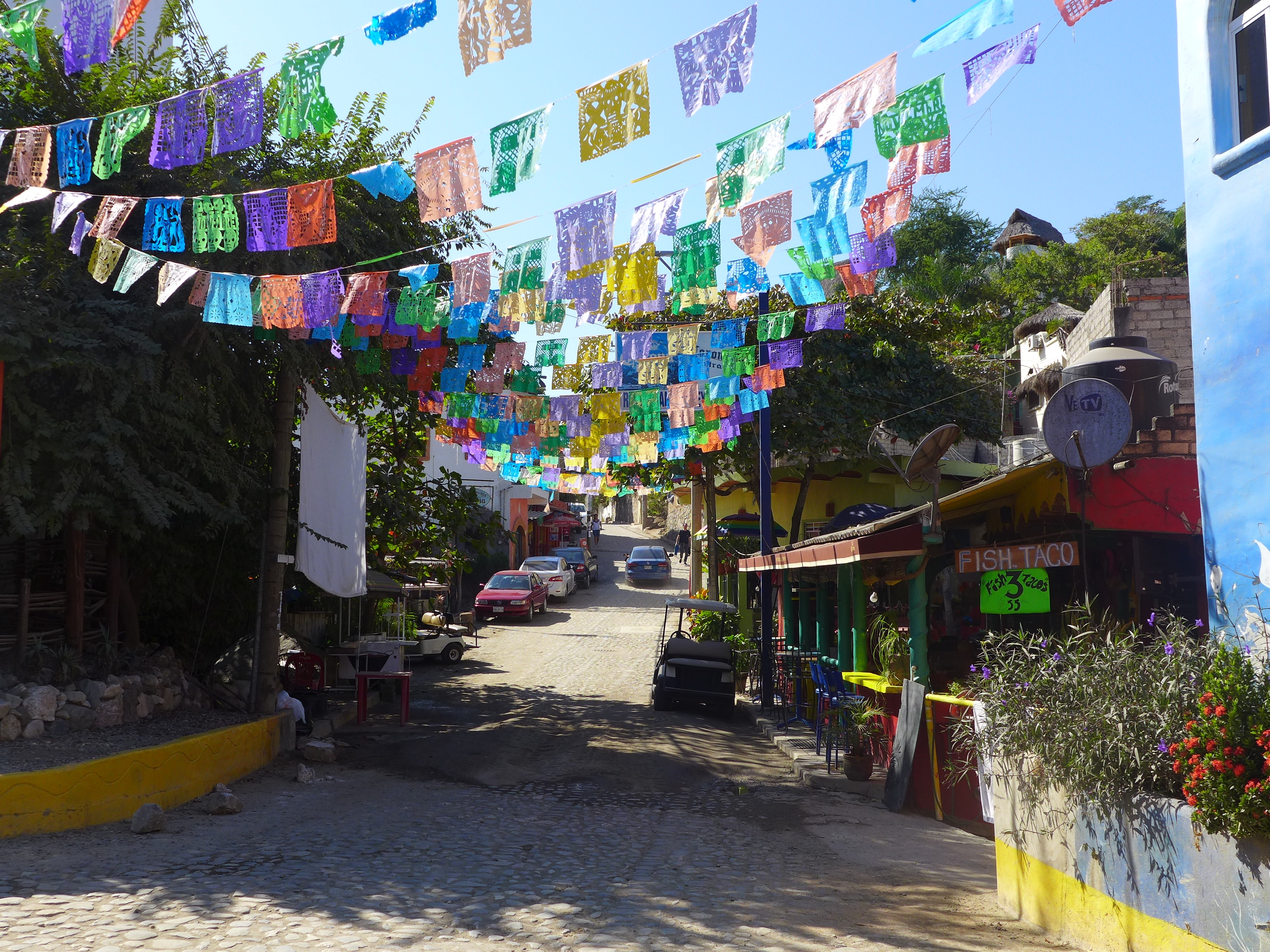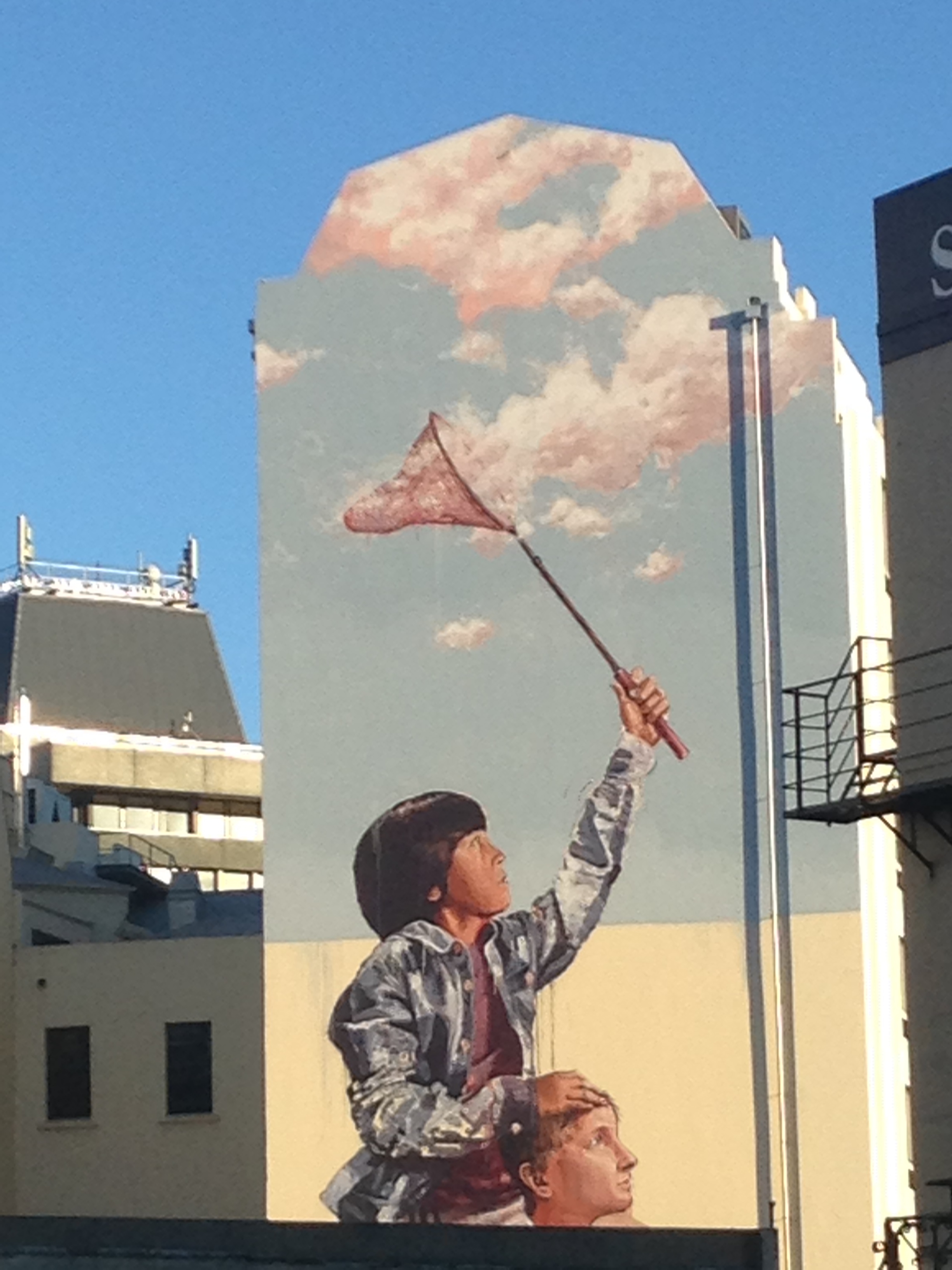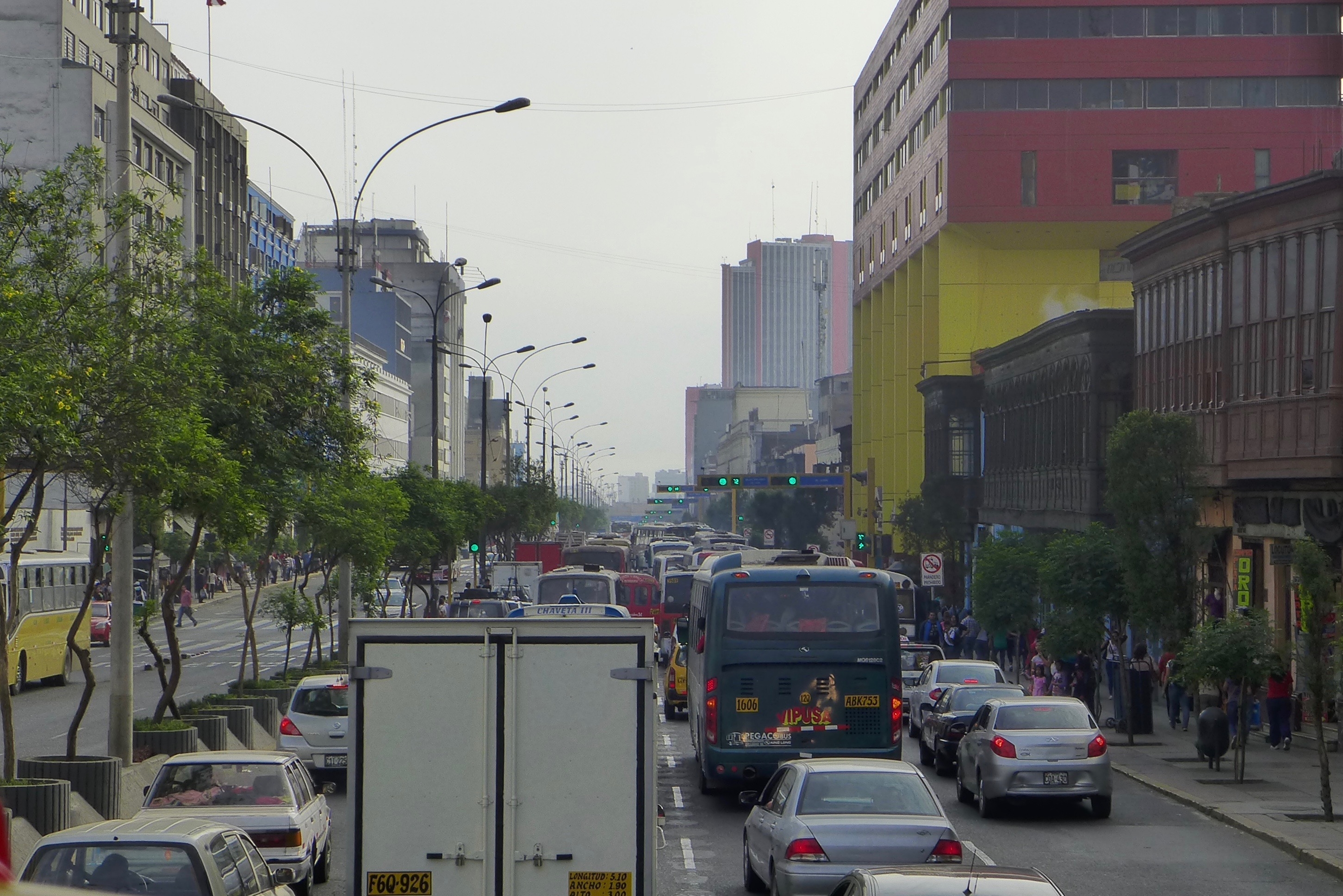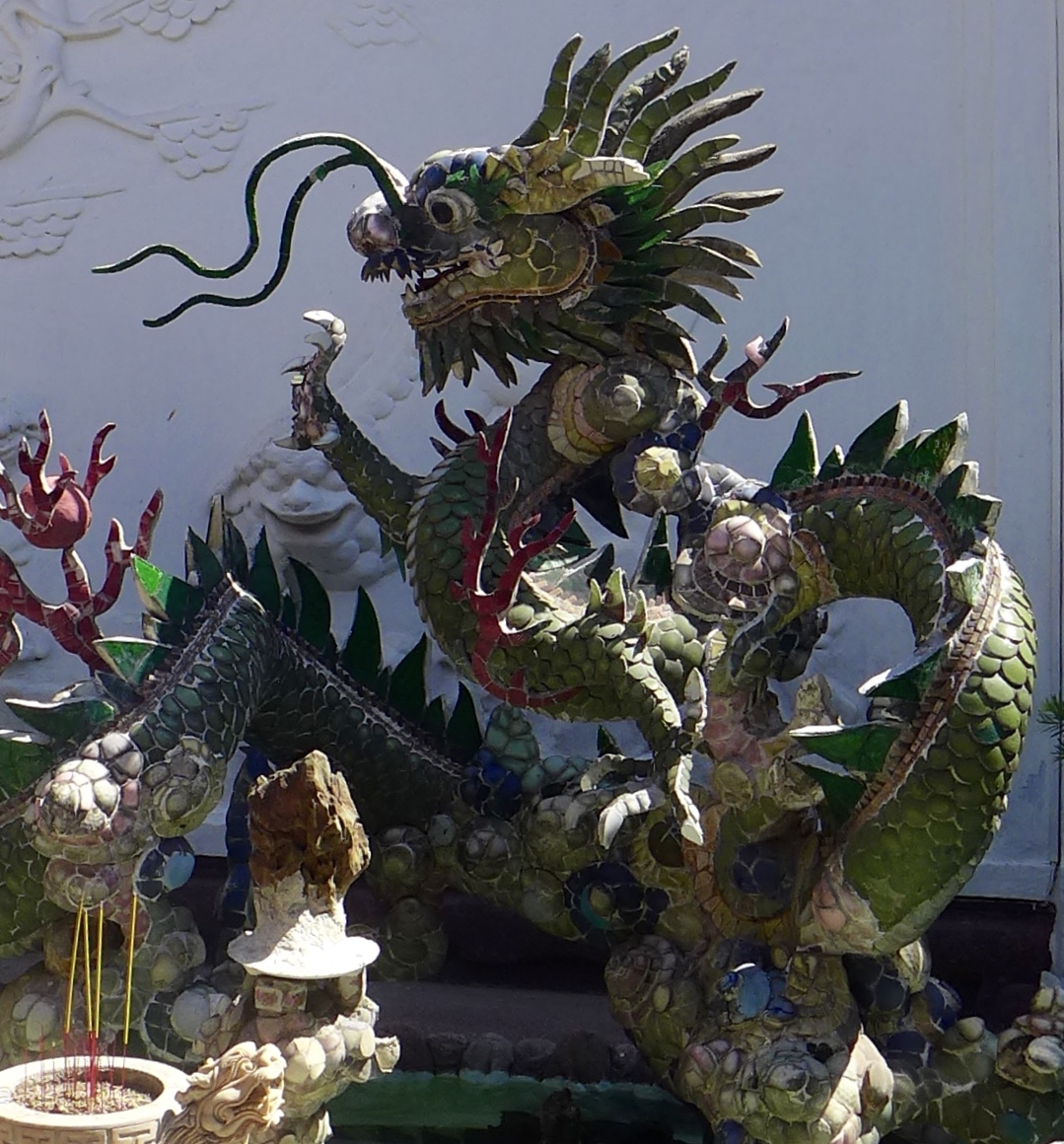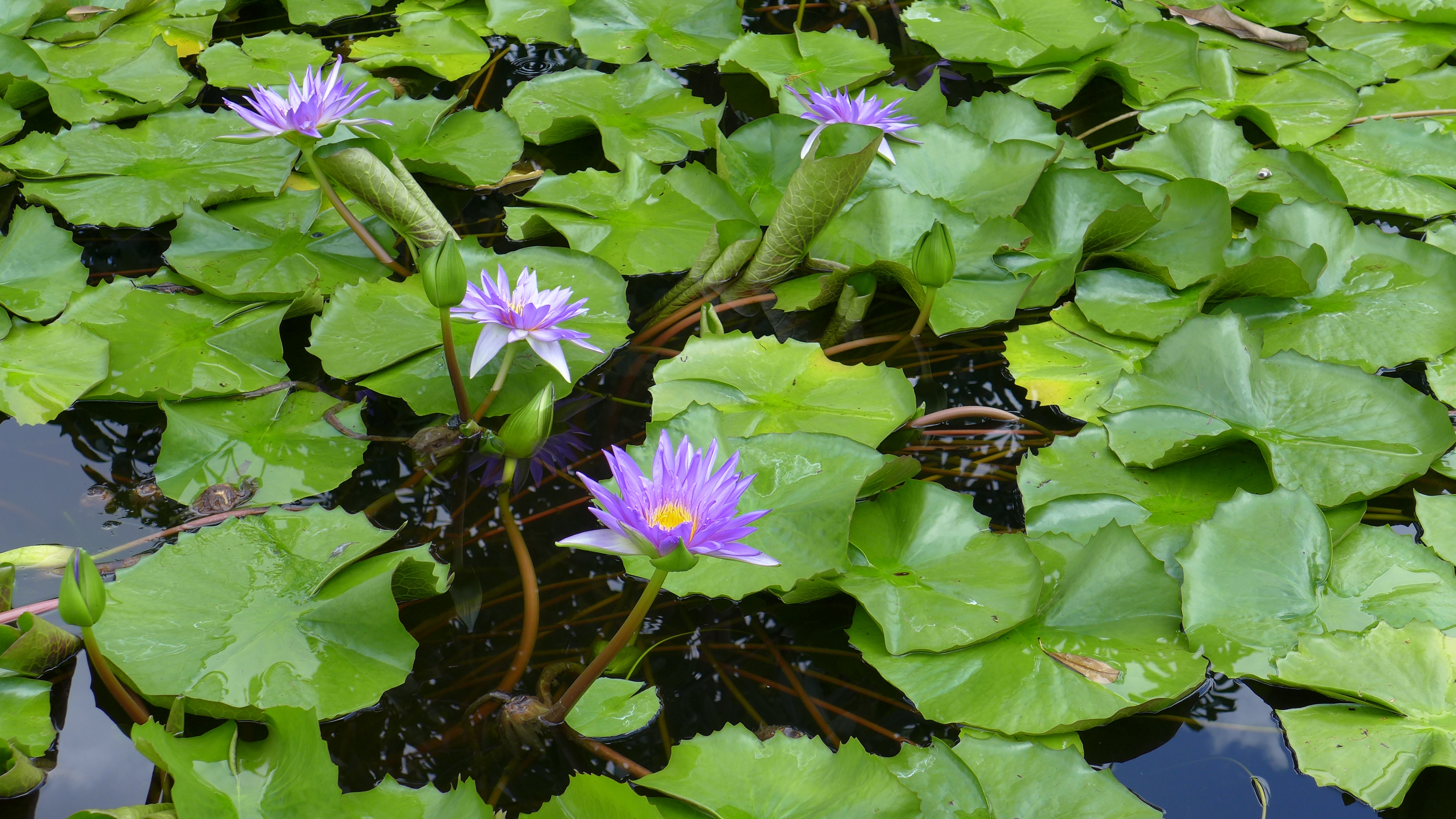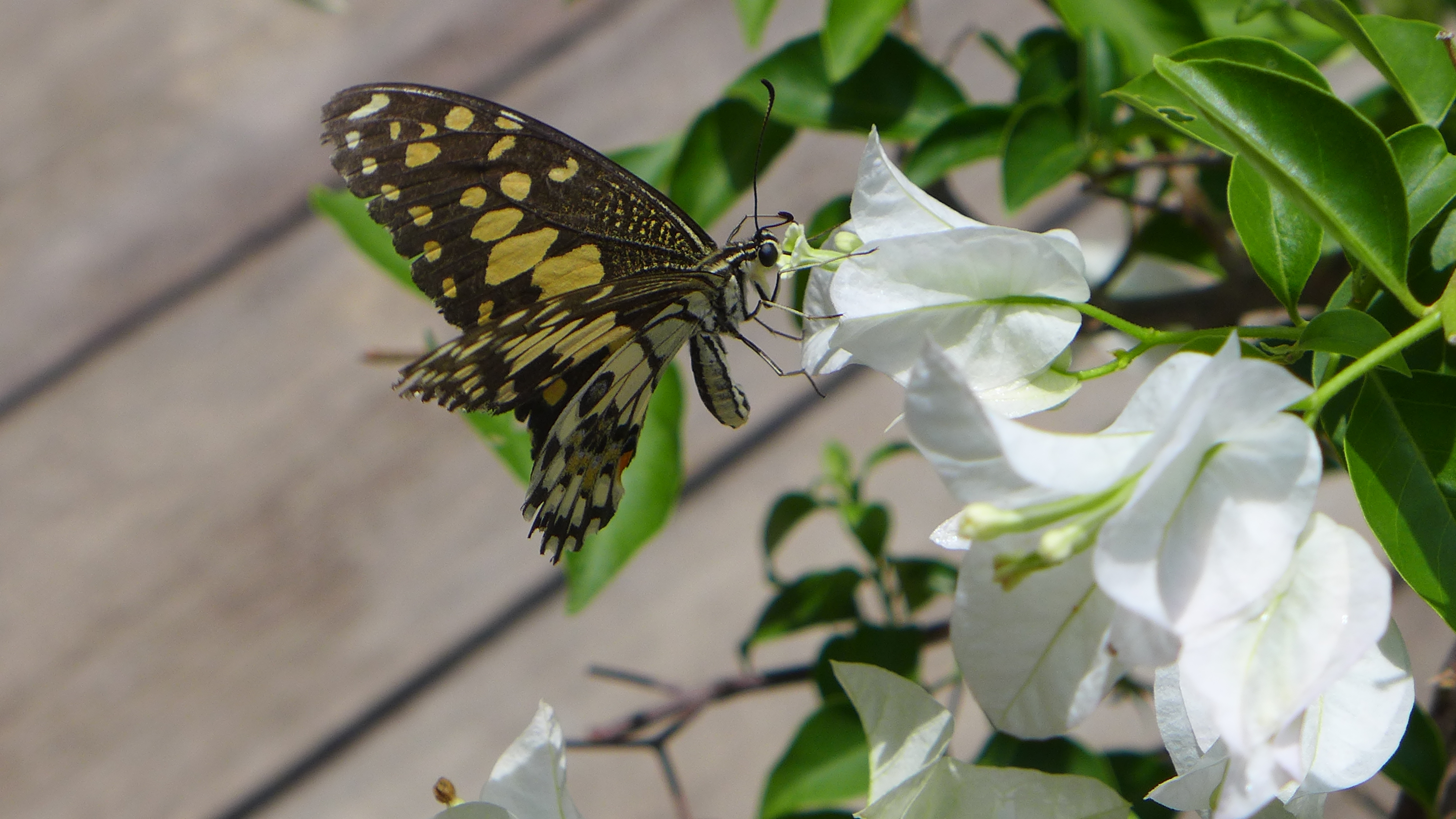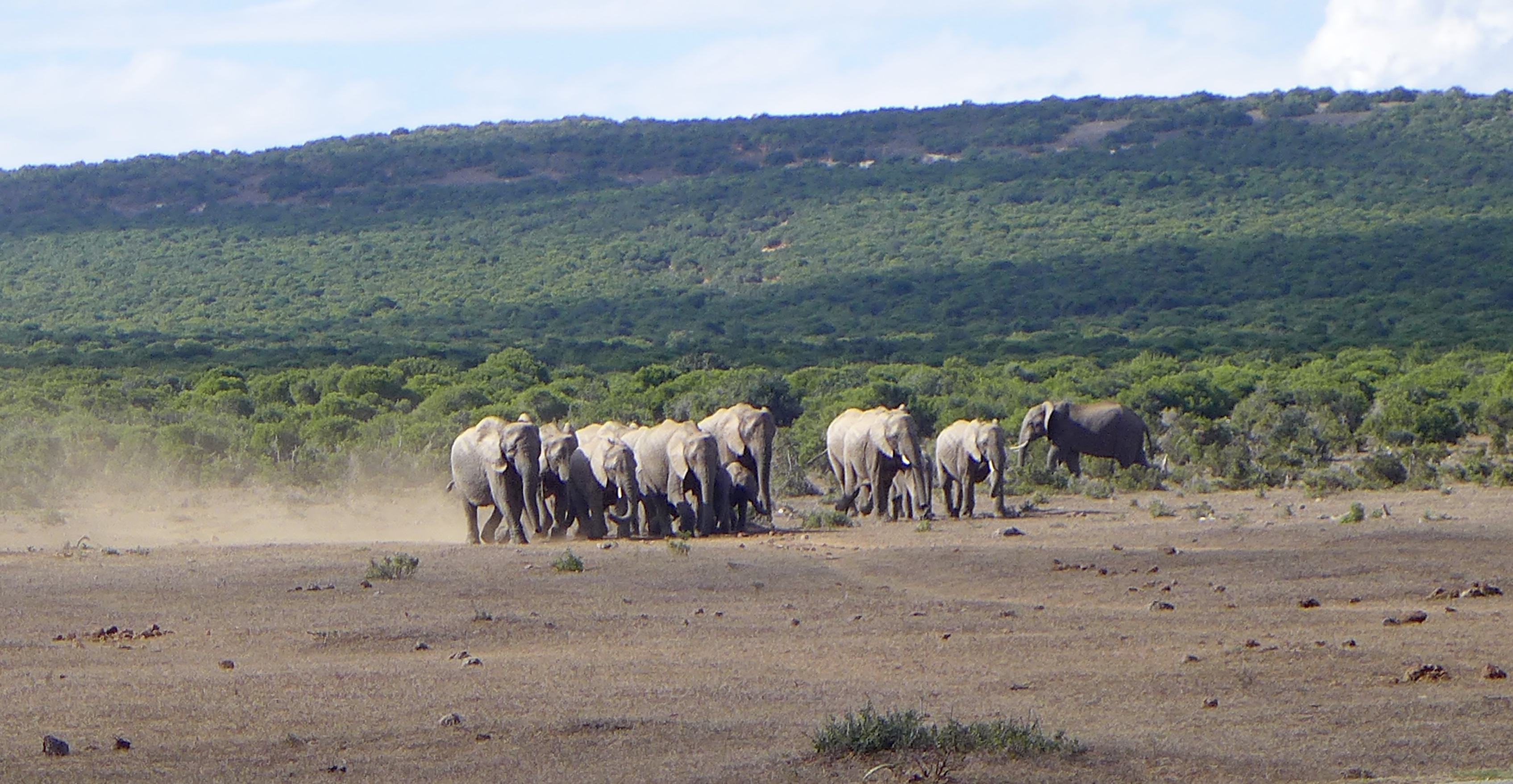It is week one of my four-week-long challenge to be “single-use” plastic free for the month of July. I heard of this challenge through a message I received in my inbox from an organization called: The Story of Stuff Project. My own “story of stuff” happened a year and a half ago when my husband, Jacob and I decided to sell all of our “stuff” in exchange for a trip around the world. I met a new friend in Sayulita, Mexico, where we are now living, and when she heard our story she recommended I read a book titled, The Story of Stuff by Annie Leonard.
After having only read the introduction, I was horrified at the truths she revealed about the extraction and waste of natural resources in the name of our “stuff”. However, I was also completely inspired; in which case, I found myself on their website signing up to receive emails related to environmental activism. They soon extended this challenge via email and I accepted. I, then, immediately thought I had better know what the heck, “single-use” actually means if I am really going to live by the pledge:
“I pledge to avoid single-use plastic, to reuse or recycle the plastic that I do use, to educate others about plastic waste, and to take action to make plastic waste a thing of the past”.
As I looked around my house and surrounding environment, I was startled to realize that single-use plastic is quite ubiquitous in my world; a world where I thought I was living virtually free from it.
I always thought of myself as an environmentally conscious person proudly using a re-useable water bottle. I avoid soda so have no reason to buy that in a plastic bottle. I rarely get to-go beverages so the plastic smoothie cups with straws, coffee cups/lids and stirrers are easy to avoid. I always (well, 8 times out of 10 if I’m being honest) bring my nylon grocery bags to the store and fully rinse out all plastic containers that can be recycled (to rinse or not to rinse? here is an article from Mother Jones on that). I am guilty of buying zip-lock bags but use and reuse them till they no longer zip or have holes.
All of these habits are good but then I started to become aware of all of the plastic that I use that I have just taken for granted. For instance, I got out of the shower earlier in the week and began my hygiene routine when a sudden awareness hit me: “CRAP! Q-Tips?? Damnit!” those innocent, little things that I use daily have a plastic stick between the two cotton balls. Wow. My next thought was about the fact that I live in Mexico. In our little beach pueblo, there is a movement to put pressure on restaurants and their customers to stop using straws. There have been graphic images floating around the local Sayulita People Facebook group of poor sea turtles impaled, in various ways, by straws (I consider the sea turtle my brethren so it’s doubly effective for me to see a picture of a sea turtle with a straw up its nose). So, what about Q-tips? Do those little beasts end up in the ocean and become lethal to its life if I throw them away too? Are there brands of Q-tips in Mexico with sticks made of paper? I don’t know stay tuned…

Next on my list of “single-use plastic” shocks is the amount of packaging I have NO control over like packaging for cheese. Oh sure, there is some cheese, in the states especially, that can be purchased in a Ziploc bag. At least then the bag is re-useable but really, I think most cheese is wrapped in a sort of glued-together plastic bag. Once I tear into that plastic to get at the cheese how can I reuse that? I can’t, it goes in the trash. What else can I do… is it recyclable? There is no little recycle triangle on it so I assume it is not?
Our kids had a couple of friends for a sleepover the other night. “Let’s get ice cream!” They screamed. “Do you know how to ask for a taste in Spanish?” I asked, “Sure, get more than one taste if you can’t decide” I said. After choosing our favorite kind and purchasing our cones, I walked away with three tiny, plastic taster spoons. I took them home to wash, I’ll think of some way to reuse those puppies. Then I pictured the size of the bag containing these single-use, plastic spoons that this establishment must have order to keep enough on hand for their customers. If I, one customer in one minute, used three then that’s a big bag and a lot of plastic.
When I posted on Facebook that I was undertaking this challenge and threw it out to others to follow, one good friend of mine suggested to request meat to be wrapped in butcher-paper as an alternative to using a plastic bag or plastic wrap. Rachel, I am sorry to tell you, this is no longer a trusted solution. I know, what? Jacob researched it and it turns out that most butcher-paper is now coated with polyethylene (plastic) instead of wax. The wax-coated paper could be composted but the new improved, leak-free, plastic coated paper cannot. Now, you can still find the wax coated paper and could ask your butcher if they know the type that is used in their store. I’d love to hear what you find out. I’m going to have to figure out how to ask that question in Spanish, yikes.
This week I have done pretty well at avoiding single-use plastic that is except for Wednesday. Wednesday, I got busy in the morning and lost track of time. In my rush to get out of the house and get to Buscerias for groceries (a larger

town 20, sometimes 40 minutes away depending on traffic) I forgot my nylon grocery bags. There go 5 plastic bags!
I also had to take our car to get an oil change. Figuring out where to do things like this in a foreign country where you speak only a little bit of the language is tricky, so it took me an extra long time to find a place. So, after the oil change and trashing 5 plastic, single-use bottles of oil, I was starving and had drunk all my water. Thus, I made a purchase of a plastic bottle containing mineral water and a plastic bag of nuts. Mission fail.
This week I realized I am not as much of a recycler as I thought. I’m more of an un-recycler striving to do better. So, on to the next week and more awakenings that I am sure will make my head explode and heart sink but I have hope I can make a ripple with this challenge and my public process around it. I hope you will join me in this mission.


